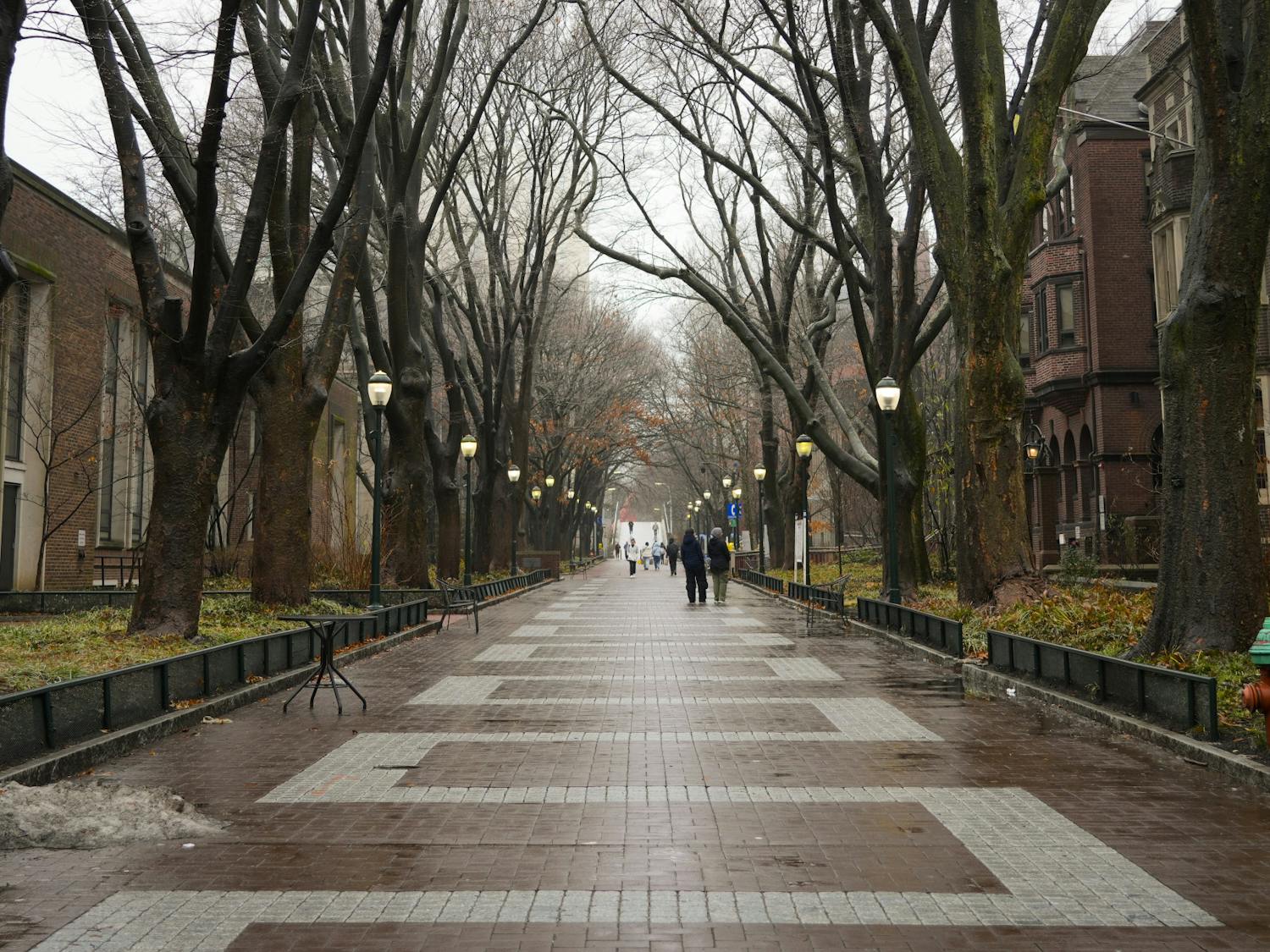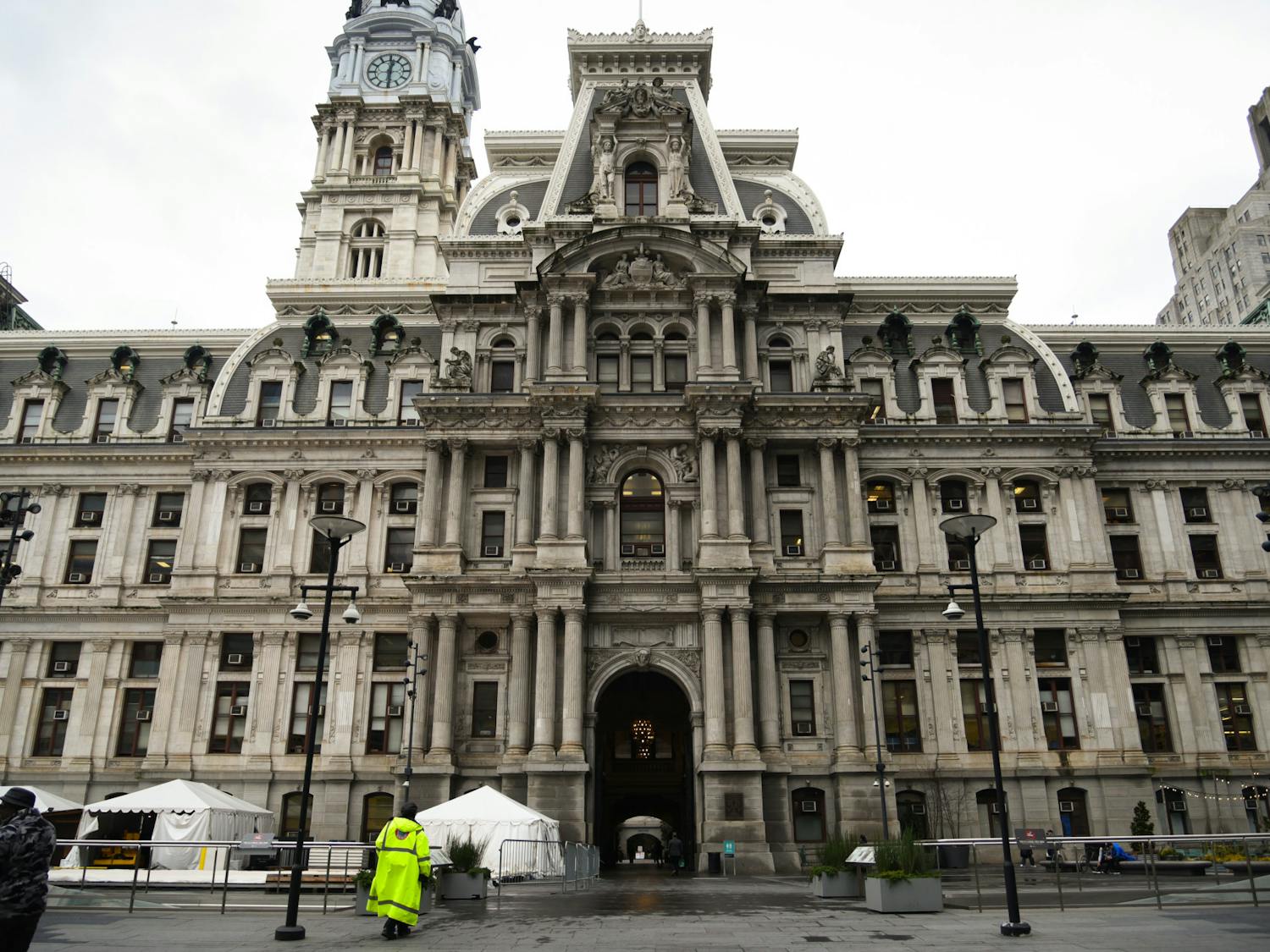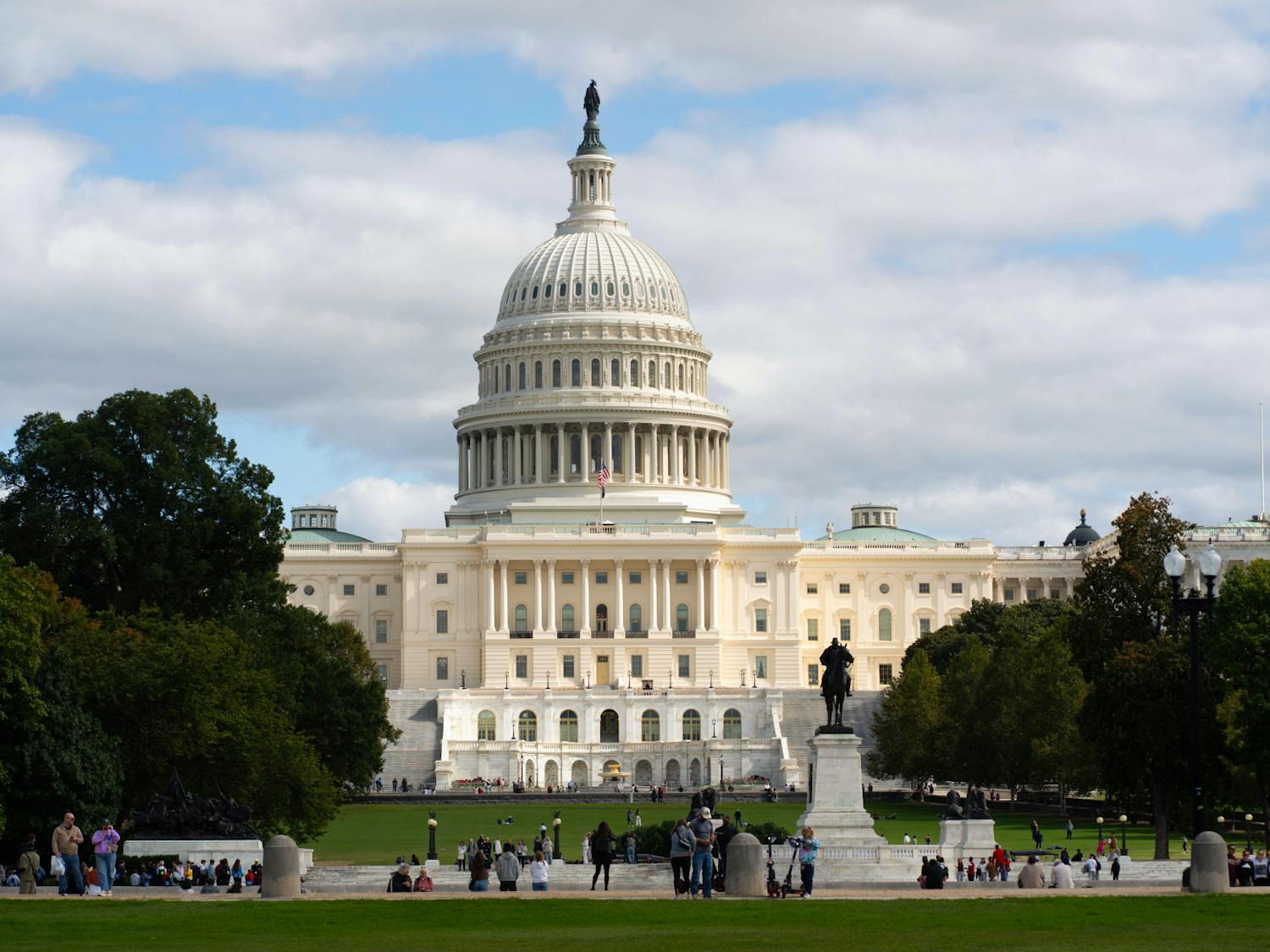We’ve all heard that catchy FDR quote: “The only thing we have to fear is fear itself.”
Penn’s administrators seem to have spent the past year afraid. Fear — of losing a job, of students getting hurt, of Penn’s donors — pervaded every University-wide email and every decision. Who could forget former Penn President Liz Magill’s ham-fisted attempt at blocking Penn Chavurah’s screening of a movie critical of Israel, which all but guaranteed she would lose faculty support. Or think back to when the Philadelphia Police Department essentially told Interim Penn President Larry Jameson to keep his pants on after he demanded help clearing the encampment.
We’re a month into summer break and fear is still in the driver’s seat in College Hall, if the new Temporary Standards and Procedures for Campus Events and Demonstrations are any indication. This time — if they hadn’t already — Penn’s leaders have shown us why their fear should scare us.
The document itself is a mess of First Amendment restrictions and consolidations of power. It’s tempting to proceed clause by clause, but for that you should check out The Daily Pennsylvanian’s detailed rundown of its many eyebrow-raisers.
The effects of the new policy, however, are as straightforward as they are far-reaching.
Meaningful protest will become exceedingly difficult on campus. Demonstrating at key locations has either been prohibited or will (it seems) require a permit from the Vice Provost of University Life. You’ll need additional permission to use a microphone. Encampments — a time-honored form of campus protest — are now entirely prohibited.
The new guidelines, purportedly created in response to demands for increased clarity from the University Task Force on Antisemitism and the Presidential Commission on Countering Hate and Building Community, are vague — as though they were intended to make any inconvenient demonstration potentially subject to police intervention.
It’s unclear when or why a protest would require something called a “security assessment,” or even whether a protest constitutes an “event” to be registered. Moreover, the new rules contradict the existing Guidelines on Open Expression in a host of ways; Penn neglected to clarify which version should take precedence.
The VPUL’s office, meanwhile, finds itself with even more responsibility and even less oversight. It has assumed vast control over the use of Penn’s open spaces, as well as the explicit right to demand any demonstrating student’s PennCard, even when no violations are committed. The oversight role of the Committee on Open Expression, already merely advisory, is now narrowed to the point of irrelevancy. And the new guidelines legitimize the plainly undemocratic concept of “interim sanctions” — remember how the administration had to come up with that “mandatory leave” policy to unilaterally kick protesters off campus?
And then there’s the — let’s be frank — utterly indefensible clause X.c: News media “may be asked to limit filming to specific areas of campus, especially during demonstrations, to allow Penn’s Division of Public Safety to maintain campus security.”
There’s two ways to read this — neither of them good. The more generous interpretation is that someone high up wanted a way to kick those pesky reporters off campus, jotted down “campus security” because it sounded important, and forgot to reread. A more objective reader would think — and I seriously hope this isn’t true — that our administration viewed documentation and the possibility of accountability as an obstacle to the activities of the Penn Police Department. According to some civil rights attorneys, the clause might not even be legal.
To be clear, I have real respect for the University’s leaders. I know that they want what’s best for students and for Penn. The new guidelines aren’t all bad: The prohibition on doxxing fixes a gaping hole in Penn’s existing rulebook, and I applaud them for it.
I understand the enormous pressure administrators are under; the calculation that spawned these restrictions on our rights isn’t all that hard to decipher. They’ve asked themselves the same question they’ve been asking all year — what’s scarier: angry donors or disgruntled professors? Or, to put a kinder spin on it, they weighed the benefits of free speech against their fear for students’ safety.
I sympathize with these fears. Reading the document, I wanted to do what I’ve done all year: laugh everything off. It’s easy to giggle at the fact that “amplified sound” is permitted on Locust Walk only between the hours of 12 p.m. and 1 p.m. and to imagine Disney A Cappella getting told off for playing the “Frozen” soundtrack in front of Steinberg-Dietrich Hall.
But I don’t think we can do that this time. This power-seizure has crossed a line: Fear has led the administration to compromise our rights and embarrass our University. And fear has pushed them to tee up another tense, exhausting academic year.
The new guidelines are sure to fan the flames of administration's ongoing conflict with our professors, while making Penn the national poster child for post-encampment repression. And the new guidelines will expand the ranks of our administration’s student detractors, pushing those who felt less implicated in last year’s conflicts to join the fray.
Jameson’s June 6 email announcing the new guidelines set out a characteristically complicated review process involving one task force, two committees, and three rounds of recommendations. Suffice it to say, we’ll be living with these rules, plus a panic-prone administration, for the foreseeable future.
MAX ANNUNZIATA is a College junior studying economics from San Francisco. His email is maxan@sas.upenn.edu.









